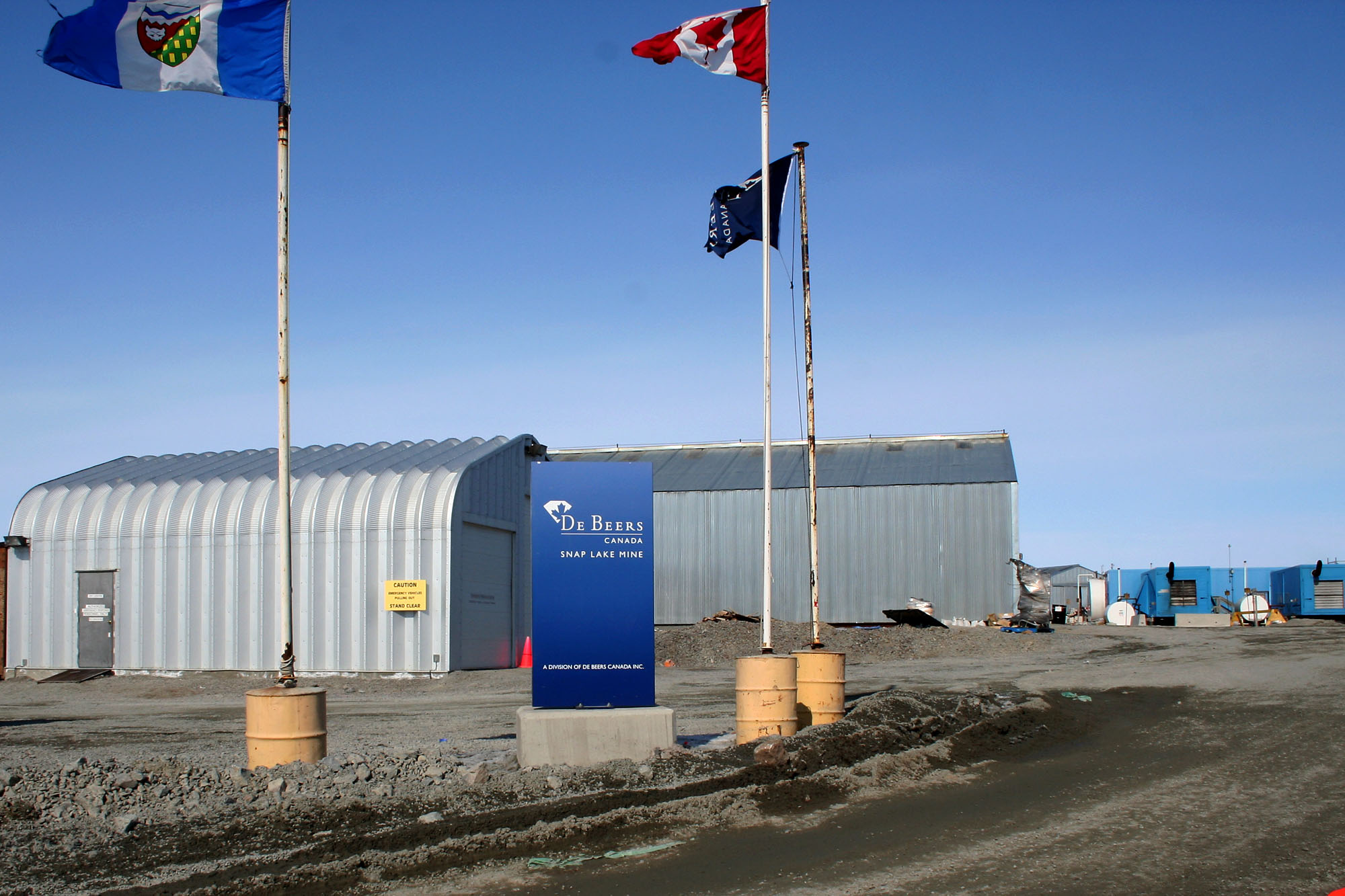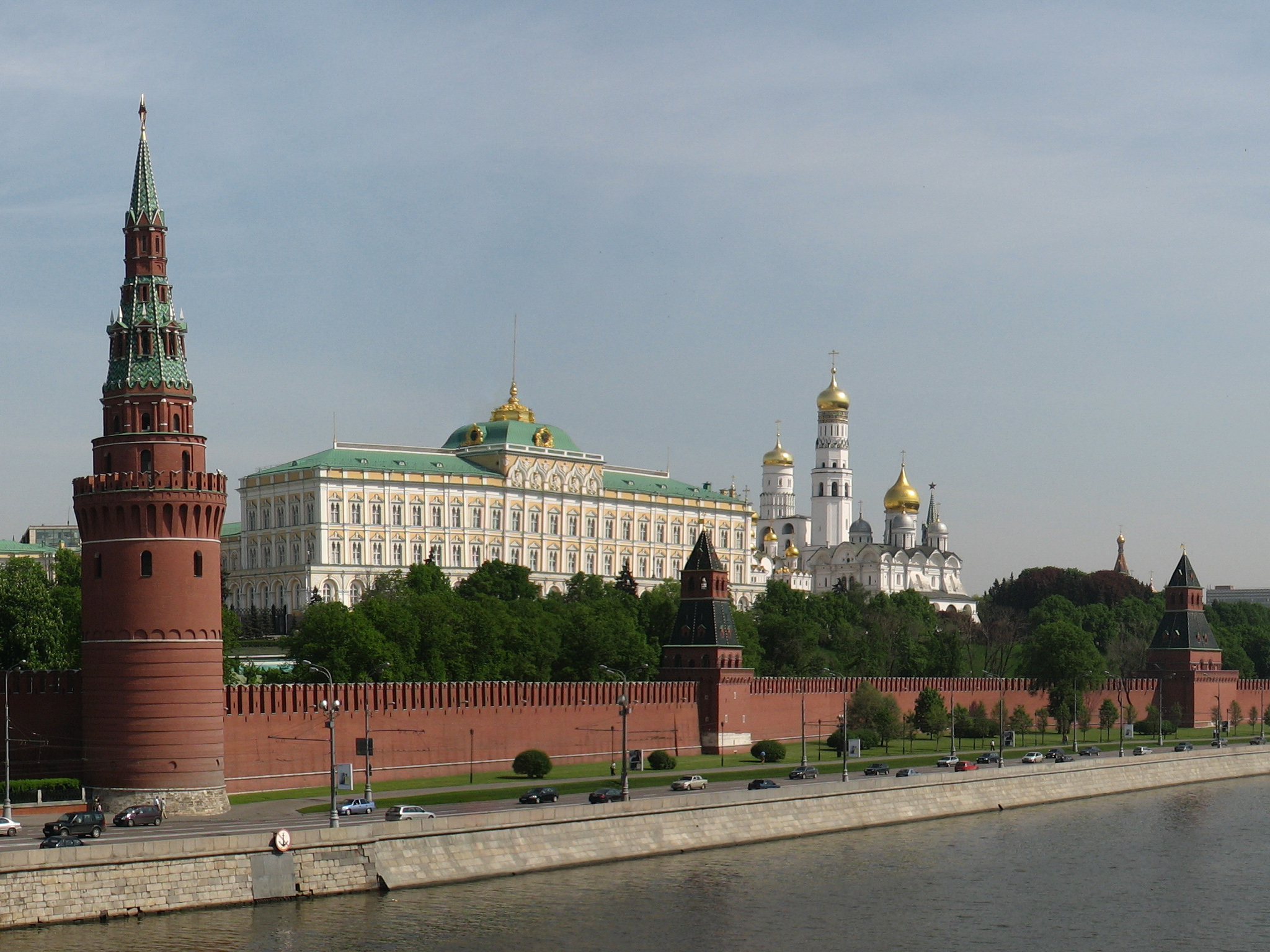Nunavut continues to struggle with a lack of economic activity; its government primarily dependent on transfers from the federal government to fund basic services. Market access has always been central to Nunavut’s fiscal and economic challenges, as the territory is without the port infrastructure necessary to export locally produced commodities. Canada’s previous Conservative government committed to build a port facility in Iqaluit, and the newly elected Liberal government announced early in its mandate that this commitment will be honoured. But Iqaluit is a less than ideal location for the port due to the sea ice that covers the approaches to Iqaluit. This ice cover occurs through much of the year, and it appears Iqalummiut expect the port to result in little more than cheaper groceries courtesy of a ferry service from the Port of Goose Bay in Labrador.
Fortunately, Nunavut’s mineral resource wealth might soon have another means of reaching tidewater. On Nunavut Day, July 9 2016, the Government of Nunavut and the Kitikmeot Inuit Association signed a Memorandum of Understanding on the construction of a deep-water port at Grays Bay, near the community of Kugluktuk, as well as an all-weather road connecting the port to a zinc mine at Izok Lake proposed by MMG Resources. If built, the port could likely also be connected westward to a copper mine proposed by Kaizen Discovery closer to Kugluktuk.
Even more ambitiously, the port at Grays Bay would potentially be incorporated into a major infrastructure corridor between Nunavut and the Northwest Territories, connecting Yellowknife to the Arctic coast via the Tibbitt-Contwoyto winter road. Such increased connectivity would certainly make Canada’s North a more attractive place to invest, and it would afford the opportunity for Nunavut to ship its zinc, copper, and lead to resource-hungry manufacturing hubs elsewhere in North America and Asia.
However, no cost estimates have yet been offered for the deep-water port or the all-weather road. The Government of Nunavut and Kitikmeot Inuit Association anticipate that the permitting and engineering process will cost $34 million alone and they have requested that the federal government cover 75% of these costs through the Building Canada Fund. Given that the federal government chose balked at the $1 billion involved in constructing an all-weather road between Iqaluit and Kimmirut, a superior location for a Baffin Island port, it seems unlikely that there will be federal funding for such a major undertaking on the Coronation Gulf coast.
This reluctance to pursue long-term, high-cost infrastructure projects denies Nunavut economic self-sufficiency. Unless the federal government shows leadership in developing remote northern infrastructure, Nunavut will continue to lag behind the rest of Canada in key indicators like life expectancy (72 years for Nunavummiut, 81 years on average across Canada) and employment (13.5% of Nunavummiut are unemployed, compared to 6.8% of Canadians). Canada cannot afford to continue treating Nunavut as a protectorate; the territory must be allowed to unlock its own potential and a port at Grays Bay could be the key.
Photo: Snap Lake Diamond Mine (2008), by YK Times via Wikicommons. Licensed under CC BY-SA 3.0.
Disclaimer: Any views or opinions expressed in articles are solely those of the authors and do not necessarily represent the views of the NATO Association of Canada.




